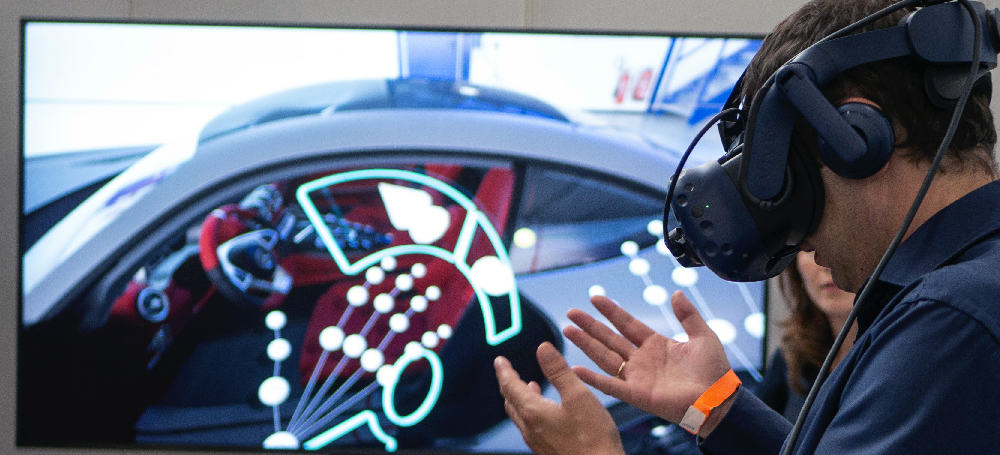

How UX Design can revolutionize Healthcare Delivery
Modern healthcare is evolving rapidly and patient expectations are higher than ever. With access to the internet and a wealth of information sources, healthcare consumers expect more comprehensive, personalized service.
Healthcare User Experience (UX) can enable providers to meet this challenge head on and create more meaningful, satisfying experiences for patients.
UX helps to provide more efficient, effective, and streamlined healthcare services. By focusing on how the user interacts with a service, UX can improve patient outcomes and reduce costs. In this blog post, we’ll examine the importance of healthcare UX and how it can provide a positive experience for patients while also potentially saving lives. We’ll discuss the ways in which UX can help to create an environment that encourages customer engagement and loyalty, as well as how technology can be employed to make healthcare services more accessible and user-friendly. Finally, we’ll explore the potential applications of UX for healthcare and how it can result in increased patient satisfaction and improved healthcare outcomes.
What is Healthcare UX?
The term “Healthcare UX” is used to describe the practice of designing user experiences that prioritize the healthcare industry. It merges modern design principles and practices with the needs of healthcare providers and patients. Healthcare UX focuses on creating effective, efficient, and satisfying experiences for healthcare users while helping them achieve their desired outcomes. The goal is to simplify complex medical processes, helping medical teams provide quality care and patients receive the best possible care. Healthcare UX also seeks to reduce errors and improve overall safety by providing clear, concise, and consistent user experiences across devices and channels.
UX Design for an Aging Population
The design of healthcare UX must consider the needs of all populations—including the aging population. As people age, they often experience physical and cognitive changes that can affect the way they interact with digital products. To help ensure the safety and wellbeing of this population, UX designers must consider factors such as reducing complexity, increasing legibility, and adding features such as voice recognition and adjustable font sizes. In addition, it’s important to design with accessibility in mind—including providing support for screen readers, accessibility settings, and keyboard navigation. By taking these measures, UX designers can ensure they create products that are safe, usable, and enjoyable for everyone.
UX Design for Big Data in Healthcare
With the emergence of big data in healthcare, UX designers have an important role to play in creating effective and intuitive user experiences. Big data analytics has revolutionized the healthcare industry, allowing healthcare providers to better understand their patients’ needs and take proactive steps to improve outcomes. However, big data can be overwhelming, so UX design must be used to make sense of it all. UX designers must create user-friendly interfaces that make use of big data to provide vital information to both healthcare professionals and patients. With the right design, big data can be used to improve patient care and save lives.

UX Design for Virtual Reality (VR) in Healthcare
In the healthcare industry, VR has the potential to revolutionize patient care by leveraging the power of immersive technologies. By providing an intuitive, user-friendly interface for patient data, medical professionals are able to quickly access and analyze patient information, improving the accuracy and speed of diagnosis. With VR, medical professionals can also gain a better understanding of the patient’s symptoms and condition. By utilizing high-resolution visuals and haptic feedback, doctors can gain a more detailed understanding of the patient’s condition, leading to improved diagnoses and more effective treatments. VR also provides a more immersive, interactive experience for patients, which can reduce stress and anxiety, as well as enhance patient engagement and satisfaction.
UX Design for Artificial Intelligence (AI) in Healthcare
Artificial Intelligence is making its way into the healthcare industry, allowing healthcare professionals to make decisions more quickly and accurately. As AI technology becomes more prevalent, it’s important to consider how to design user experiences (UX) to make the most of its potential. UX design for AI in healthcare must be accessible, intuitive, and tailored to the needs of healthcare professionals and patients alike. This document will explore the importance of UX design for AI in healthcare, from patient engagement to clinical decision support. We will discuss the ethical considerations that must be taken into account when designing for AI in healthcare, and finally, we will provide examples of effective UX design for AI in healthcare.
Take Away
In conclusion, when it comes to healthcare UX, the stakes are high. Our industry must take the responsibility of making life-saving tools more accessible seriously. We must strive to create products that are intuitive, user-friendly, and have the power to make a difference to people’s lives. By creating healthcare UX that is accessible and empowering, we can help to ensure that the vital services offered to patients are available to all.
We, at Roars Technologies, are dedicated to providing exceptional healthcare app development who want to make a difference in their industry and connect to their customers in a better way. Let’s talk and find out how we can build you a phenomenal healthcare app.
